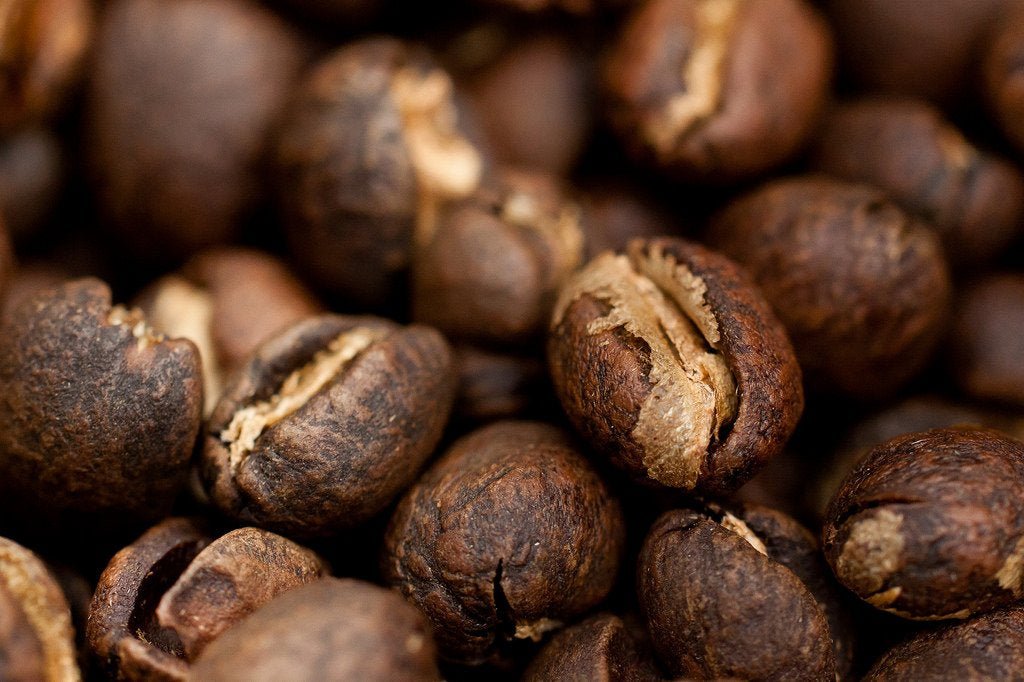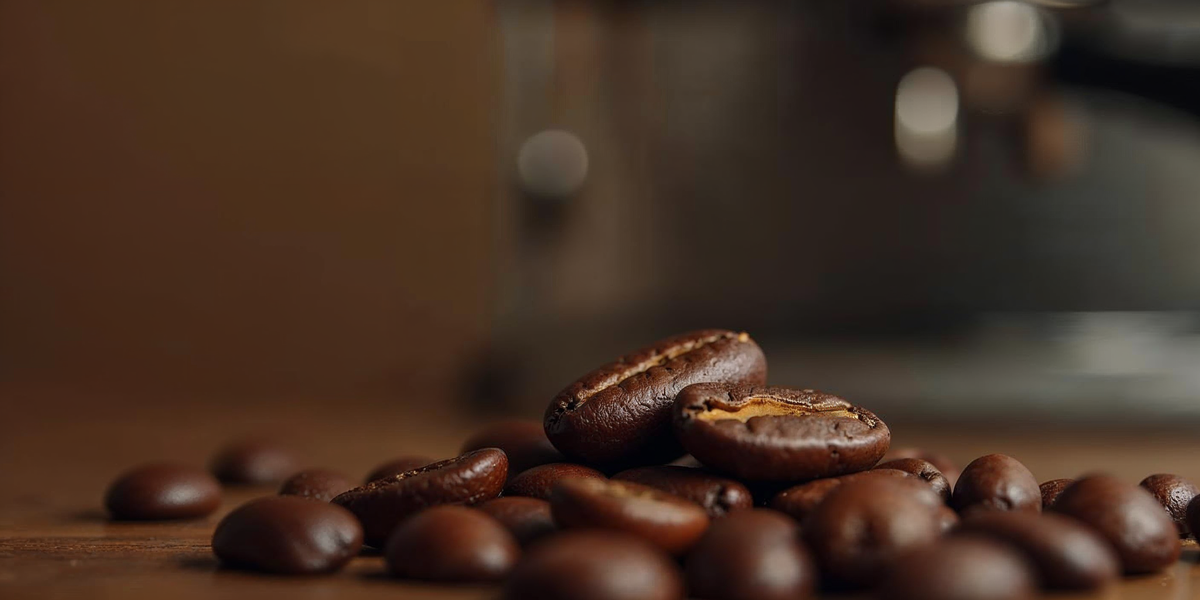Why SOE Single Origin Espresso Is Highly Rated Among Baristas
Wiki Article
Checking Out the Rich Tastes of Coffee Beans: a Deep Study Espresso and Blended Coffee Beans
You uncover a complicated globe where each variety brings its own personality to your cup when you explore the rich tastes of coffee beans. Recognizing the origins, refining techniques, and toasting strategies can transform your coffee experience. As you navigate through the art of espresso and the imagination behind blended coffees, you'll begin to appreciate the subtleties that make each sip special. What you'll uncover next might change the way you enjoy your morning brew.The Beginnings of Coffee Beans: Discovering Terroir and Taste Profiles
When you take a sip of coffee, you're not simply delighting in a drink; you're experiencing an abundant tapestry of tastes formed by the beans' beginnings. Each area creates one-of-a-kind taste accounts affected by environment, dirt, and elevation. Beans from Ethiopia commonly rupture with brilliant, fruity notes, while those from Colombia often tend to supply a well balanced, nutty sweetness.As you discover different origins, you'll notice just how terroir-- the ecological aspects impacting a crop-- plays an important role. The same coffee selection can taste significantly different depending on where it's grown.When you take into consideration these aspects, you begin to appreciate the intricacy behind your mug. Each sip tells a story of the land and the farmers that nurtured the beans. Following time you indulge, assume regarding the journey your coffee took prior to it reached your hands, and savor those detailed flavors that mirror its beginning.Comprehending Espresso: The Art and Science Behind the Brew
When you consider coffee, it's not almost the solid taste; it's likewise concerning the methods that bring it to life. Comprehending just how different prep work methods effect preference can transform your brewing experience. Allow's explore the ins and outs of coffee preparation and discover the one-of-a-kind flavor accounts that make each mug special.Espresso Preparation Strategies
Coffee preparation is both an art and a scientific research, combining exact strategies with a deep understanding of coffee. To start, you'll intend to pick top quality, newly baked beans and grind them carefully for perfect extraction. The work dimension is vital; as well crude, and your coffee will be weak, too fine, and it'll be bitter.Next, tamp the grounds uniformly in the portafilter to assure consistent extraction. When you secure it into the device, go for a developing temperature between 190 ° F and 205 ° F.As you pull the shot, look for the best removal time-- around 25-30 secs. The outcome should be a rich, luscious coffee with a stunning layer of crema ahead - Single Origin Espresso. With technique, you'll understand these strategiesTaste Accounts Clarified
The globe of coffee supplies an abundant tapestry of taste accounts that can raise your coffee experience. When you take that initial sip, you'll see an equilibrium of anger, level of acidity, and sweetness. Each coffee bean lugs special notes, from floral and fruity to nutty and chocolaty. Light roasts typically showcase brilliant acidity and dynamic flavors, while dark roasts existing deeper, bolder tones.Understanding these accounts helps you pick the appropriate coffee for your taste buds. Explore different blends can reveal unusual combinations. A well-crafted mix may balance the brilliant notes of an Ethiopian bean with the abundant, chocolatey undertones of a Brazilian bean. Embrace the trip of discovering espresso's varied flavors, and you'll transform your coffee routine right into an interesting journey.Processing Techniques: Just How They Influence Taste and Fragrance
While it could seem that the beginning of coffee beans is the most substantial variable in identifying their taste and aroma, the handling techniques used post-harvest play a just as necessary function. You'll find that these approaches can significantly modify the final preference profile of your cup.For circumstances, the washed process eliminates the fruit from the beans prior to fermentation, commonly leading to a cleaner, brighter flavor. The all-natural procedure leaves the fruit undamaged during drying out, resulting in a sweeter, fruitier profile.Other techniques, like honey processing, strike a balance, allowing some fruit mucilage to remain, providing an one-of-a-kind complexity.Each handling technique interacts with the beans' fundamental attributes, enhancing or muting particular flavors and aromas. So, when you sip that coffee or combined coffee, bear in mind that the journey from cherry to mug is influenced not simply by origin however likewise by just how those beans were processed.
Toasting Techniques: Unlocking the Full Prospective of Coffee Beans
Toasting techniques are important for exposing the full capacity of coffee beans, as they transform raw, environment-friendly beans right into the aromatic, flavorful coffee you take pleasure in. The option of roasting approach-- light, medium, or dark-- considerably affects flavor profiles. Light roasts maintain the beans' all-natural acidity and fruity notes, while tool roasts balance sweet taste and richness. Dark roasts, on the various other hand, highlight strong, smoky flavors.You can trying out toasting times and temperatures to locate your perfect mixture. A slower roast at reduced temperature levels permits for complex tastes to develop, while a quicker roast can magnify bitterness. Focus on the cracks during toasting; the initial crack indicates a light roast, while the second fracture signals a dark roast - Single Origin Espresso. By grasping these techniques, you'll disclose a world of taste, boosting your coffee experience to new elevations. Appreciate every sip, knowing the care that went into your mug!The Magic of Blended Coffee: Creating Distinct Taste Experiences
Creating a distinct taste experience with blended coffee can transform your early morning ritual right into an expedition of preference. By integrating different beans from various regions, you can disclose a harmony of flavors that elevate your cup to new heights. Each blend offers an unique profile, balancing level of acidity, body, and sweetness to create something really special.When you select a blend, you're not just choosing a coffee; you're picking a journey throughout diverse landscapes and societies. Try out various combinations enables you to discover your individual faves, whether click this site you delight in fruity notes or abundant, chocolatey undertones.Blended coffee additionally gives you the flexibility to adjust the brew to suit your state of mind. You could hunger for a light-bodied mix one day and a bold, dark roast the next. Welcome the magic of blending and allow each cup shock your taste buds, making every sip a wonderful journey.Sampling Notes: Acknowledging the Nuances in Your Cup
As you drink your coffee, you might notice a range of flavors dancing on your palate, each exposing the complexities of the beans. You might taste the brilliant level of acidity reminiscent of citrus or the deep, abundant notes akin to dark delicious chocolate. The sweetness could stimulate honey or caramel, balancing the overall profile beautifully.Pay focus to the body of the coffee-- does it really feel light and airy, or is it complete and creamy? The coating, as well, uses ideas; a remaining aftertaste may mean nuttiness or flower undertones.Don' t forget to discover the unique attributes of different beginnings, as each area imparts distinct tastes. Ethiopian coffees often existing fruity notes, while Colombian beans might display a much more spherical sweetness. By acknowledging these nuances, you'll deepen your appreciation for each and every mug, raising your coffee experience to new elevations.
Brewing Techniques: Optimizing Flavor Extraction for each Bean
When you discover the various developing techniques, you'll discover that each technique can significantly impact the taste profile of your coffee. From French press to pour-over, each method removes various compounds, improving or muting specific notes. For example, utilizing a French press allows oils to stay in the brew, developing a richer taste, while pour-over stresses quality and brightness.Temperature and grind size additionally play essential roles. A coarser grind works best for cold mixtures, while a fine work is suitable for espresso. Trying out water temperature level-- between 195 ° F and 205 ° F-- can reveal hidden flavors, too.Don' t forget concerning soaking time; a fast extraction can lead to sour notes, while over-extraction might produce anger. By adjusting these variables, you can maximize taste extraction and truly elevate your coffee experience. Take pleasure in the trip of uncovering what approach best suits your taste buds!Often Asked Concerns
What Is the Perfect Water Temperature Level for Developing Coffee?
The ideal water temperature level for brewing coffee's in between 195 ° F and 205 ° F. If you make use of water that's also warm, you'll over-extract tastes; too cool, and you won't draw out enough. Go for that sweet place for the very best mixture!Just How Does Work Size Influence Coffee Taste?
Grind size considerably affects coffee taste. Finer grinds see here extract much more tastes and oils, leading to a bolder preference, while coarser grinds return a lighter taste. Readjusting work size aids you attain your desired coffee account.Are There Health Perks Related To Drinking Coffee?
Yes, consuming alcohol coffee can supply health advantages. It might improve cognitive feature, increase metabolic rate, and lower the risk of specific illness. Just keep in mind to enjoy it in moderation to profit without unfavorable results.
What Is the Distinction Between Arabica and Robusta Beans?
Arabica beans are smoother and sweeter, commonly featuring fruity tastes, while robusta beans are stronger with a bitter preference and higher high levels of caffeine content. You'll see these differences in aroma and developing experience.Exactly How Can I Store Coffee Beans for Freshness?
To save coffee beans for freshness, keep them in an airtight container, far from warmth, dampness, and light. If you only grind what you need right before developing, you'll preserve their taste much longer. When you explore the abundant flavors of coffee beans, you uncover a complicated world where each variety brings its own character her explanation to your mug. When you take a sip of coffee, you're not just enjoying a drink; you're experiencing a rich tapestry of flavors formed by the beans' origins. While it could seem that the beginning of coffee beans is the most significant factor in identifying their taste and scent, the processing techniques utilized post-harvest play a just as crucial duty. Toasting techniques are necessary for disclosing the complete capacity of coffee beans, as they change raw, environment-friendly beans into the fragrant, flavorful coffee you enjoy. As you drink your coffee, you could see a range of flavors dancing on your palate, each disclosing the intricacies of the beans.Report this wiki page